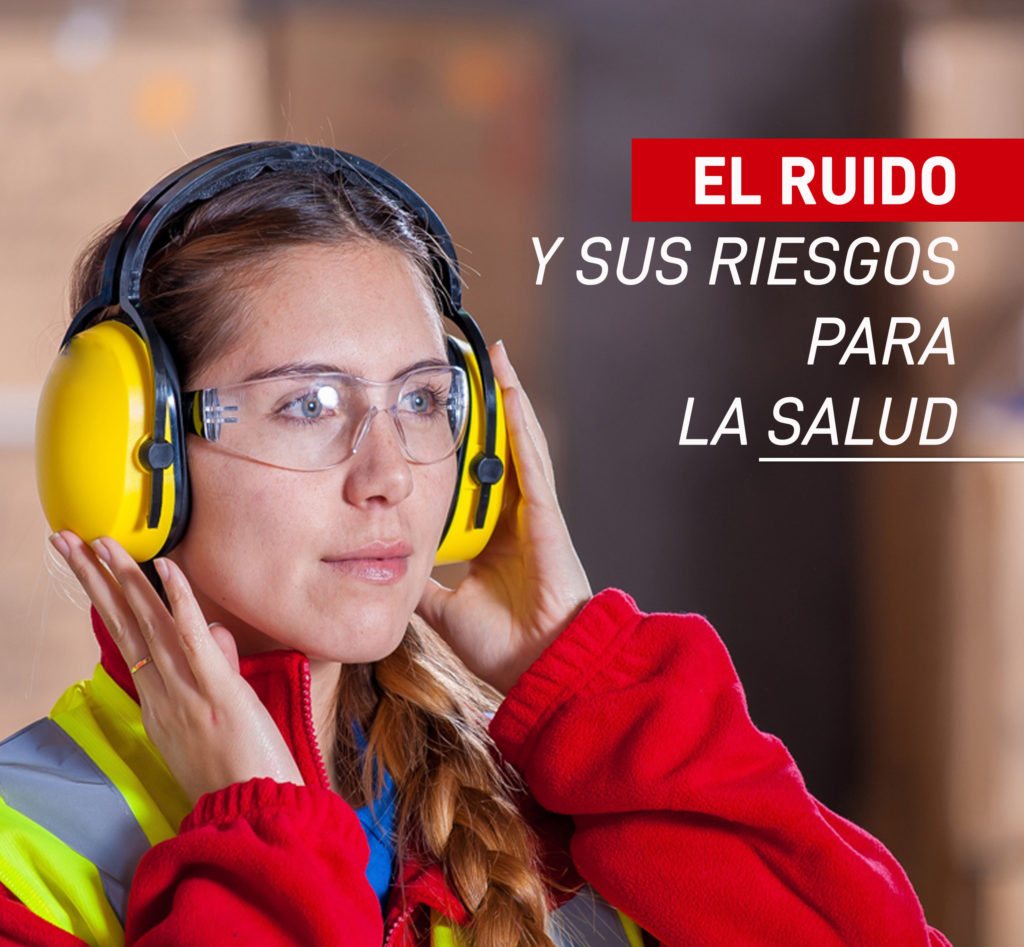
Exposure to high noise levels can cause permanent hearing loss, and in some cases, hearing surgery cannot help correct the hearing loss, which is why it is important to evaluate work areas to identify the source of the noise and its exposure, in search of mitigating its effects and evaluating types of hearing protectors to be used.
NOISE EFFECTS
According to the European Agency for Safety and Health at Work (EU-OSHA), noise is a sound that is generated by a moving surface that produces a wave that is transmitted through the air. Noise-induced hearing loss is one of the most prevalent recognized occupational diseases in the world.
Not only are productive and industrial workers exposed to this risk, it can also be a problem in the entertainment sector, such as orchestras and discos.
EU-OSHA indicates that there are short exposures to very loud noises that can cause a temporary change in hearing (ears may feel clogged) or a ringing in the ears (tinnitus), which may disappear within a few minutes or hours after get out of the noise. However, repeated exposure to loud noises can lead to permanent tinnitus and / or hearing loss. Exposure to noise in the workplace over many years can lead to irreversible hearing loss if daily acoustic exposure levels reach or exceed 85 dB.
NOISE EVALUATION
Noise exposure is measured in units of sound pressure levels called decibels, named after Alexander Graham Bell, using an A-weighted noise level (dBA). Weighted sound levels closely match the perception of loudness by the human ear. Decibels are measured on a logarithmic scale, a small change in the decibel scale translates to a large change in the amount of noise and more potential damage to a person’s hearing.
The evaluation and measurement of noise exposure must be planned and carried out considering the actual state of standardization, this means that measurements must be made in accordance with established standards, the most widely used is ISO 9612.
Noise parameters or exposure limit values are used for risk assessments, which are presented below:
| Daily exposure level LEX,8h | Peak sound pressure level LC,peak | |
| Lower exposure action value | 80 dB(A) | 135 dB(C) |
| Upper exposure action value | 85 dB(A) | 137 dB(C) |
| Exposure limit value | 87 dB(A) | 140 dB(C) |
European Agency for Safety and Health at Work (EU-OSHA)
The limit values mentioned consider the attenuation provided by the individual hearing protectors worn by the workers, that is, they include the protection of safety implements.
The EU-OSHA indicates that when these exposure values are exceeded, different prevention measures are required such as:
- Modification or replacement of equipment.
- Physical changes related to the noise source, seeking to mitigate the risk.
- Limit the amount of time a person spends at a source of noise.
- Provide quiet areas where workers can get relief from dangerous noise sources, among others.
Remember prevention is the key to protecting your health against noise and other risks, put on personal protective equipment.
DOCA markets earplugs and cup-type hearing protectors. For more information visit the HEARING PROTECTION section.
Source: European Agency for Safety and Health at Work (EU-OSHA)
COMPARTIR / SHARE: